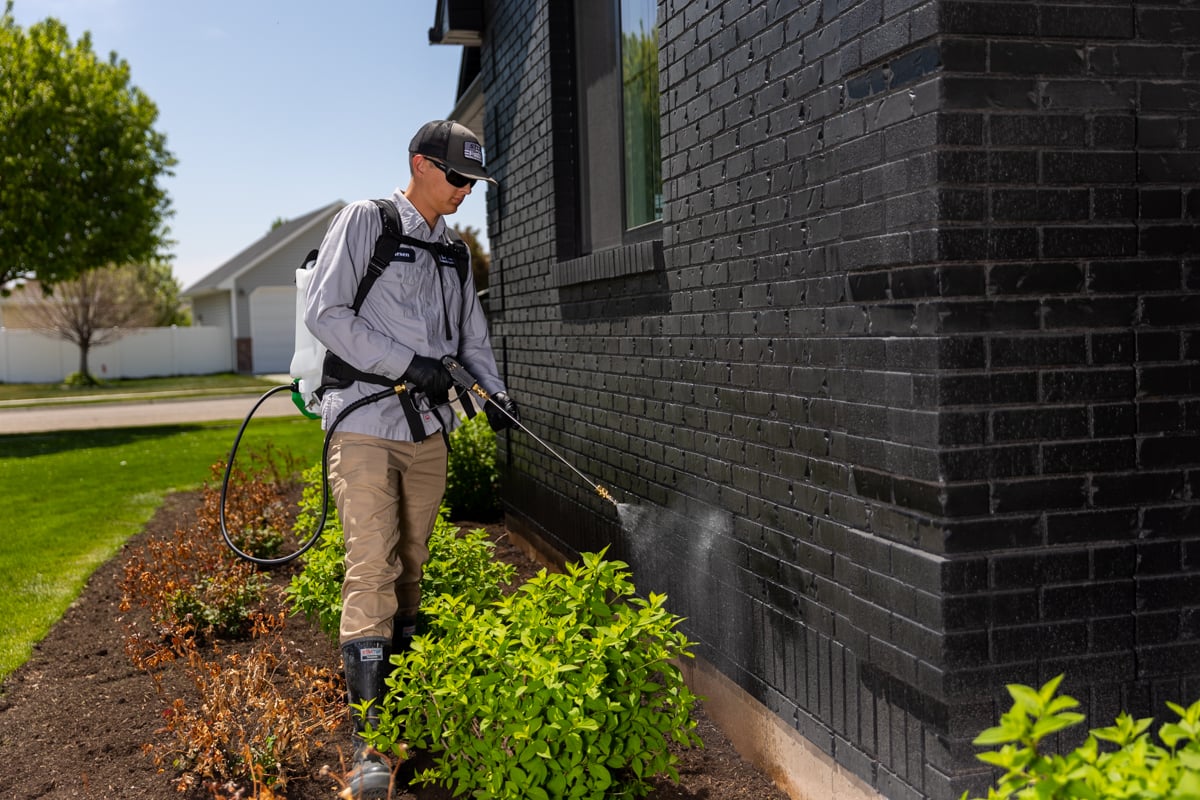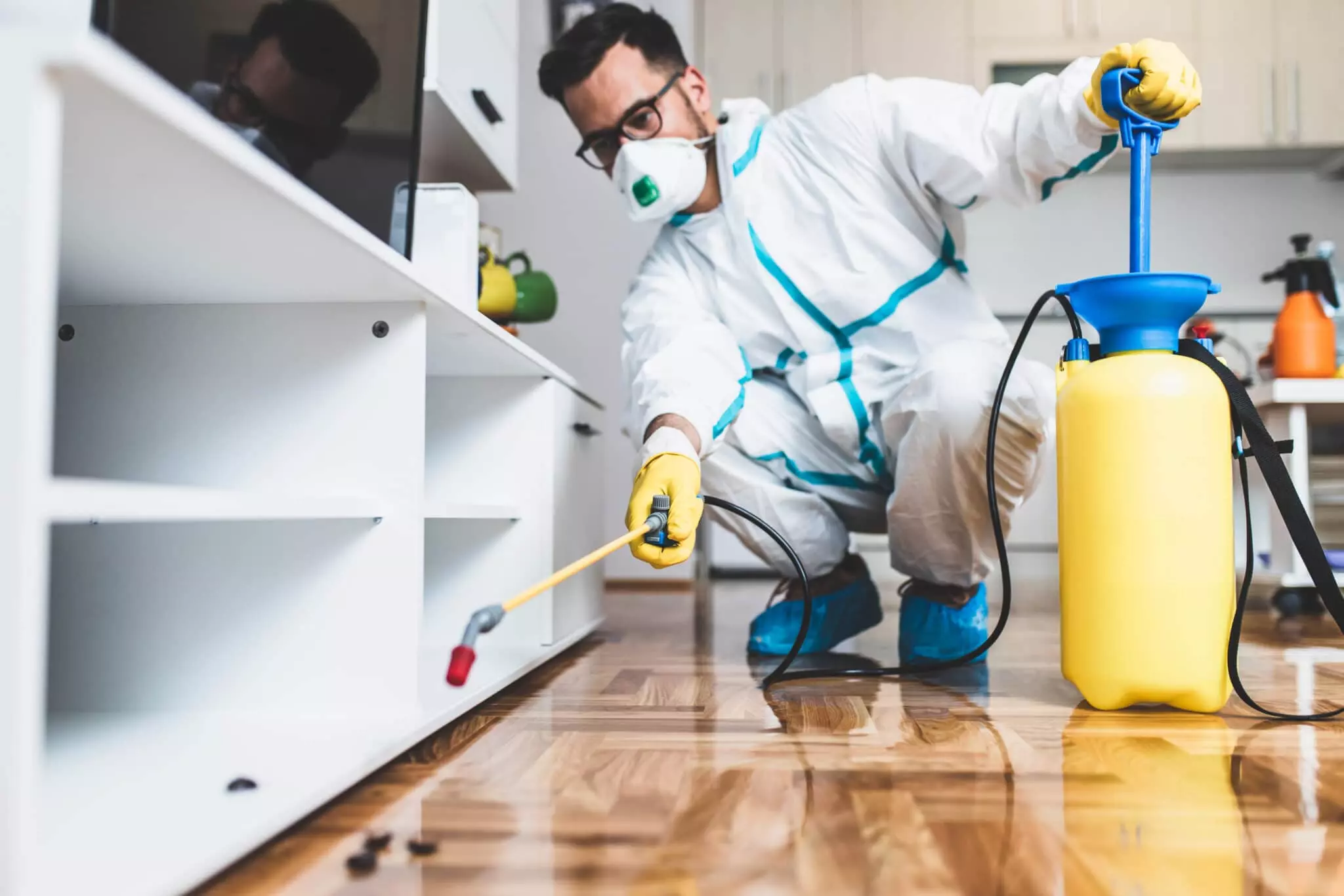Effective Insect Control Solutions: An Extensive Appearance at Extermination Techniques and Prevention Procedures
In the world of bug control services, the successful administration of invasions requires a careful method that incorporates numerous methods and actions for both removal and avoidance. From Integrated Parasite Monitoring (IPM) approaches that focus on lasting solutions to chemical elimination strategies made for targeted elimination, the arsenal versus pests is multifaceted and large.

Integrated Parasite Administration (IPM) Methods
Integrated Insect Management (IPM) Methods include an extensive method to pest control that concentrates on control, prevention, and surveillance techniques to effectively handle insect populaces. By integrating numerous strategies, IPM intends to minimize the effect of parasites while additionally reducing the dependence on chemical pesticides. Avoidance exists at the core of IPM, emphasizing practices like correct cleanliness, upkeep of health, and securing entrance indicate prevent parasites from infesting structures. Surveillance plays a vital function in IPM by regularly recognizing and evaluating insect degrees to determine the appropriate treatment limits. Control techniques in IPM prioritize using physical, organic, and social methods before transforming to chemical treatments as a last hope. These techniques include presenting all-natural killers, environment adjustment, and utilizing trapping devices to maintain parasite populations in check. In general, IPM fosters a eco aware and lasting strategy to pest monitoring, promoting long-term options that protect both human health and wellness and the ecosystem.
Chemical Extermination Techniques
Chemical extermination techniques are commonly utilized in pest control services to effectively eradicate parasite populaces that present a danger to human health and wellness and residential property. These strategies involve the usage of different chemical compounds especially developed to target and get rid of insects such as pests, rodents, and other unwanted animals. The application of pesticides, pesticides, rodenticides, and various other chemical representatives is carefully controlled to make sure maximum performance while reducing threats to humans, family pets, and the atmosphere.
Among the key advantages of chemical elimination techniques is their capability to offer fast and targeted outcomes, making them specifically beneficial in cases of extreme invasions or urgent insect control requirements - a1 portland bed bug exterminator. However, it is necessary to emphasize the relevance of proper handling, application, and disposal of these chemical products to avoid unexpected injury
Moreover, integrated bug monitoring (IPM) strategies usually combine chemical elimination techniques with various other techniques such as cleanliness, environment alteration, and biological controls to create a thorough and lasting bug control approach. By incorporating chemical extermination techniques deliberately within an IPM framework, bug control solutions can efficiently handle bug populations while minimizing prospective dangers to human health and the atmosphere.
Organic Insect Control Techniques
Using all-natural predators and parasites to manage pest populations is a lasting method understood as organic hop over to here parasite control. a1 commercial pest control portland. One usual organic control method includes presenting natural enemies of the target bug varieties, such as ladybugs for aphid control or nematodes for termite problems.
One more effective biological control approach is the usage of microbial insecticides. These are naturally taking place microorganisms, such as fungis, infections, and germs, that especially target and contaminate particular insect varieties. By using these microbial agents, pest populaces can be effectively decreased without causing or damaging advantageous microorganisms injury to the atmosphere.
Physical Pest Avoidance Measures
Implementing physical pest avoidance measures includes using obstacles and architectural alterations to hinder pests from infesting a residential property or entering. Setting up door sweeps, screens on windows, and securing cracks in the foundation can assist avoid insects like insects and rats from getting access inside.
An additional physical prevention measure is making use of obstacles like fencing to maintain larger pests such as deer or raccoons far from the property. Setting up mesh or cord displays around gardens can protect plants from being damaged by bugs. Proper waste monitoring, including securing trash bin with tight-fitting covers, is important in deterring parasites like bugs, raccoons, and rats. By applying these physical parasite prevention procedures, residential property proprietors can dramatically decrease the threat of parasite invasions and the damage they can trigger.
Professional Insect Examination Procedures
Performing complete and organized insect evaluations is a fundamental aspect of specialist bug administration methods. Professional bug assessors are trained to meticulously analyze properties for indicators of invasions, recognizing pest varieties, entry factors, and conducive problems.

Final Thought
To conclude, efficient bug control solutions employ a selection of techniques, consisting of Integrated Insect Monitoring techniques, chemical elimination techniques, organic controls, and physical avoidance procedures. Professional pest evaluation treatments play an essential duty in recognizing and resolving pest concerns in a prompt way. By applying a combination of these approaches, homeowner can successfully handle and stop parasite invasions.
From Integrated Parasite Monitoring (IPM) methods that focus on lasting solutions to chemical elimination techniques designed for targeted removal, the collection versus insects is diverse and vast.Integrated Pest Monitoring (IPM) Strategies include a thorough approach to pest control that concentrates on control, surveillance, and prevention methods to efficiently handle bug populaces.Chemical elimination techniques are typically utilized in bug control services to efficiently get rid of parasite populations that pose a threat to human wellness and residential or commercial property.Using all-natural killers and parasites to manage pest populations is a lasting method understood as biological bug control.In conclusion, reliable insect control services utilize a range of methods, consisting of Integrated Parasite Management approaches, chemical extermination techniques, organic controls, and physical avoidance measures.